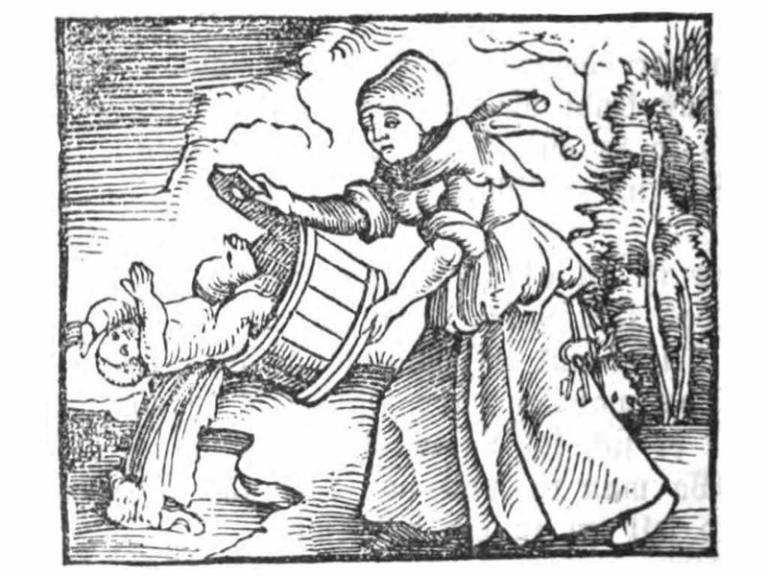Anticlericalism

Modern Biases Against Medieval Church
People looking back into Reformation History often assume that corruption in the Catholic Church was the sole reason underlying the Protestant movement. In fact, hundreds of clergies served their parishioners and the population with devotion and diligence. While thousands of believers turned to Protestantism, thousands remained in the Catholic faith, evidence that the Church met the needs of many during the turbulence. Antipathy to the Roman Church varied across. regions and countries. Anticlerical feeling ran high in Germany in early 16th century but was relatively minor in England.
Change is rarely straight-forward or due to a single cause. Looking back requires a more nuanced view. Gutenberg’s invention of the printing press in the mid-1400s enabled versions of the Latin Bible (Vulgate) as well as numerous religious texts including Miles Coverdale’s Bible (first printed complete English Bible) in 1935. The access enabled laity to read and hear the Gospels in their native tongue and make their own determination.
Causes of Anticlericalism
Special Privileges
Anticlericalism is best understood as the general resentment and complaints about the clergy. Its forms and prevalence varied greatly by region and often centered around clerical privileges. These privileges included exemptions from
- trial in secular courts for civil offenses. Clergy could be tried only in ecclesiastical courts.
- payment of most royal or civic taxes. The resentment was exacerbated by obligatory tithes owed to the local church. In addition to tithes, some clergy charged fees for performing their cuties such as baptisms, marriages, or unction. The ill will intensified when economic conditions deteriorated, such as a crop failure.
- certain civic duties, such as standing watch at night or firefighting.
Dereliction of Duties
Priests sometimes neglected their flock, leaving rural parishes under- shepherded to pursue personal gain or worldly comfort in urban centers. Abuse of power, with instances of priests exploiting their authority over the laity for personal advantage or indulging in cruel punishments, were not uncommon, primarily due to the regular presence of simony and pluralism in the clergy.
These transgressions, though condemned by Church authorities, eroded the ideal of priestly piety and fueled discontent among the populace. Though many priests dedicated themselves faithfully to their ministry, the incidents of dereliction was a stark reminder of the need for constant reform and spiritual renewal within the Church.
Corruption
There was widespread corruption among the clergy. as Popes, bishops, and priests become more focused on worldly pursuits, including amassing wealth and political power, rather than fulfilling their spiritual duties. simony and pluralism were common leading to an influx of unqualified and often immoral individuals into positions of power. Doctrinal interpretations by the Church hierarchy, particularly the aggressive sale of indulgences as a means to shorten purgatory, sparked theological debates and challenged the absolute authority of the Church.
Despite a vow of celibacy, medieval parish priests often had a wife (or a concubine) and children. Local bishops made few attempts to curb the practice, many with concubines of their own. Some dioceses even imposed a tax on priests with wives and children.
